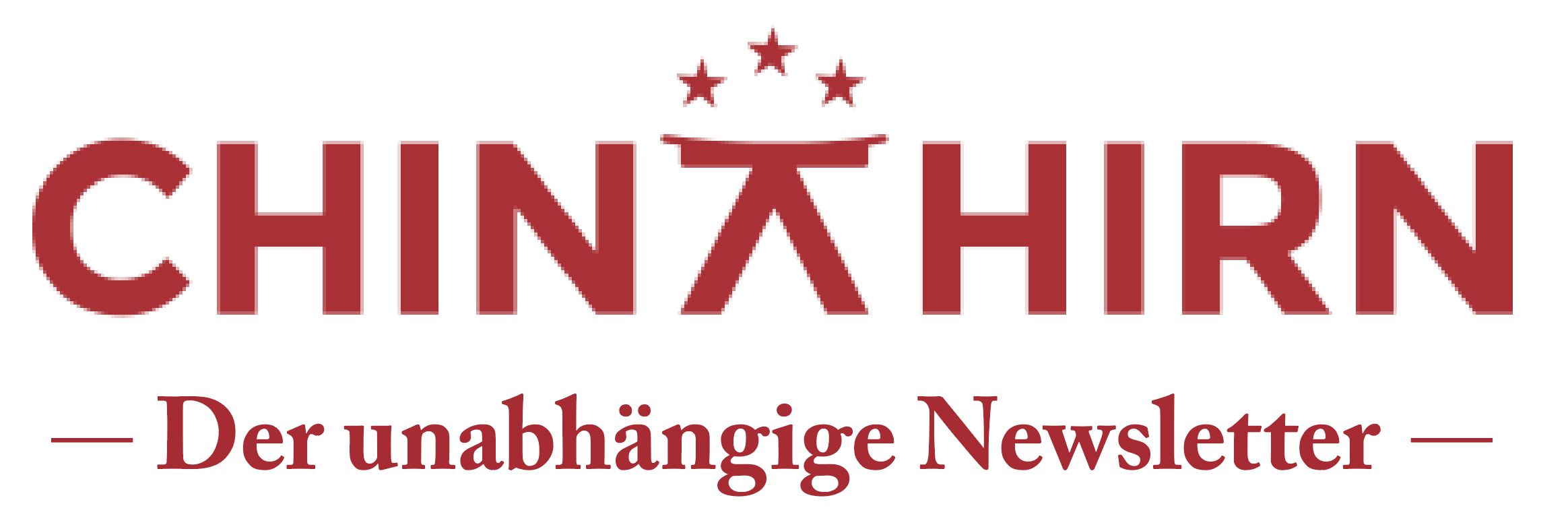Richard Hu ist Professor an der Canberra Business School. Sein Spezialgebiet ist die Urbanisierung in China. Kürzlich hat er darüber das Buch „Reinventing the Chinese City“ (Columbia University Press) geschrieben. Darin untersucht er den Wandel in Chinas Städten seit 2010. In einem Interview mit Paul French in Focus, der Zeitschrift des China-Britain Business Council, redet er über die Urbanisierungstrends in China. Er sieht Chinas Urbanisierung „entering a new era“ – weg vom bisherigen quantitativen hin zu einem qualitiativen Wachstum, das er mit den Adjektiven grün, smart und innovativ schmückt. Die Regierung verfolge eine „new-type urbanisation“, die sowohl eine Modernisierung als auch eine Dekarbonisierung der Städte anstrebe. Als ein Paradebeispiel für diese neue Urbanisierung nennt er Hangzhou: „Hangzhou is an emerging star city. The transformation is swift, agile and smart.“ Interessant sei, dass Hangzhous Transformation ungeplant gewesen sei. Sie sei „more an outcome of bottom-up ingenuity, local entrepreneurships, and market-forces than top-down planning” gewesen. Das Gegenteil ist die staatlich geplante Reißbrettstadt Xiong’an. Richared Hu lobt: „The progress of infrastructure and early construction is impressive.” Aber er setzt auch Fragezeichen: “So far, the construction has been based on state investment. It is not clear yet how this state project will sustain its strategic growth through engaging market forces.” Paul French fragt Hu auch, wie Chinas Städte um 2050 aussehen werden. Hus Antwort: „China will become a highly urbanised society with around 75 percent of the population living in cities.” Danach sieht er “an emerging structure of mega regions“ wie zum Beispiel die Beijing-Tianjin-Hebei-Region, die Yangtse-Delta-Region und die Greater Bay Area zwischen Hongkong und Guangzhou.
Info:
Hier das Interview mit Richard Hu im Focus des China-Britain Business Council: https://focus.cbbc.org/how-china-reinvented-its-cities/
